
Btrax Design Company > Freshtrax > How Generative ...
How Generative AI is Opening Up New Horizons for Branding Strategies
The rapid evolution of generative AI is revolutionizing branding strategies. More than just a technological tool, this evolution is having a profound impact on marketing approaches and brand storytelling.
Generative AI is redefining brand identity and adding a new dimension to customer relationship building. It’s probably fair to say that this rapid change has left many branding and marketing professionals struggling to keep up.
So, how can we apply generative AI to branding?
This article explores the profound impact and potential of how generative AI is being used for branding, with real-world examples.
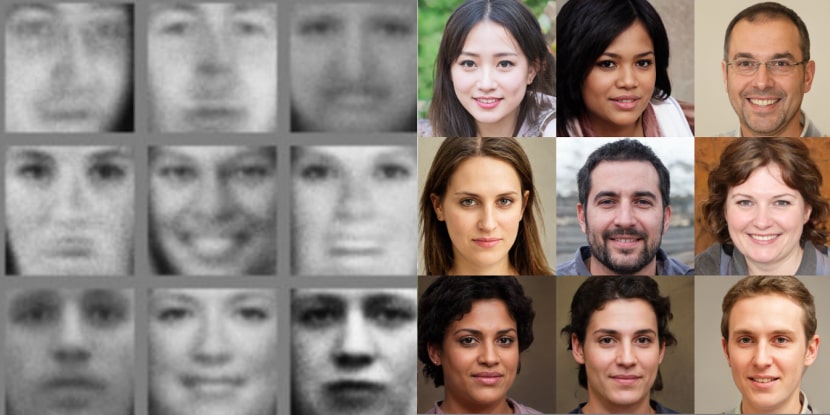
Generative AI has evolved tremendously from 2014 to 2023-present.
Branding Strategies Using Generative AI
Branding strategies with Generative AI enhance customer communication through innovative content generation. Generative AI gives you a wealth of options, supporting all formats, including text, images, video, 3D, audio, music, and more.
In this article, we would like to introduce some possibilities, with case studies, to explore the potential ways that generative AI can be used in branding strategies.
Case Study 1: Heinz’s Generative AI Campaign Leverages the Gap between Generative AI and Reality
Heinz, a globally recognized ketchup brand, used generative AI to create a campaign in which it asked the generative AI to interpret what is “ketchup” and visualize the results.
This novel approach showed how generative AI interprets everyday products and explored the potential of AI in brand strategy. The message was that given any prompt relating to “ketchup” the branding on the AI generated ketchup bottles, no matter the prompt, looked like the branding of a Heinz ketchup bottle. Suggesting that Heinz is synonymous to ketchup, according to AI, making it the obvious ketchup choice.
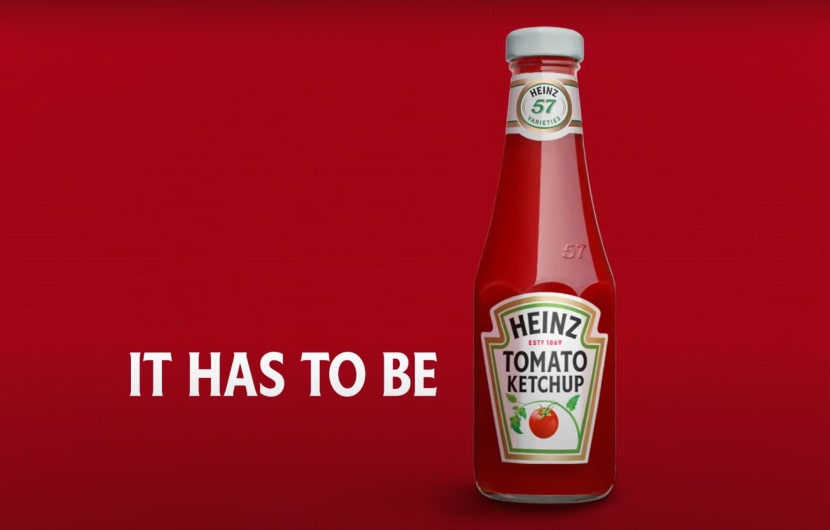
The ad infers that “Just like humans, AI prefers Heinz.”
The Heinz branding strategy is astonishingly clever. While a strategy like this may not work for all brands, it gives us a unique look at how AI processes information.
Case Study 2: Baskin Robbins’ Generative AI Campaign
Baskin Robbins, the US-based global chain well-known in Japan for its 31 ice cream flavors, launched a new flavor campaign using a series of images generated by AI artist Tapan Aslot using the AI image generation program Midjourney.
These images garnered attention on social media and are an example of how generative AI can be applied to marketing. The campaign, which presented visuals so perfect that one could no longer tell that they had been created with generative AI, has had a significant impact on creative production using generative AI.
The fact that this campaign was launched at a time when creative produced by generative AI was still a novelty, made a big impact. This showed people that AI generated images can look indistinguishable from real photos.
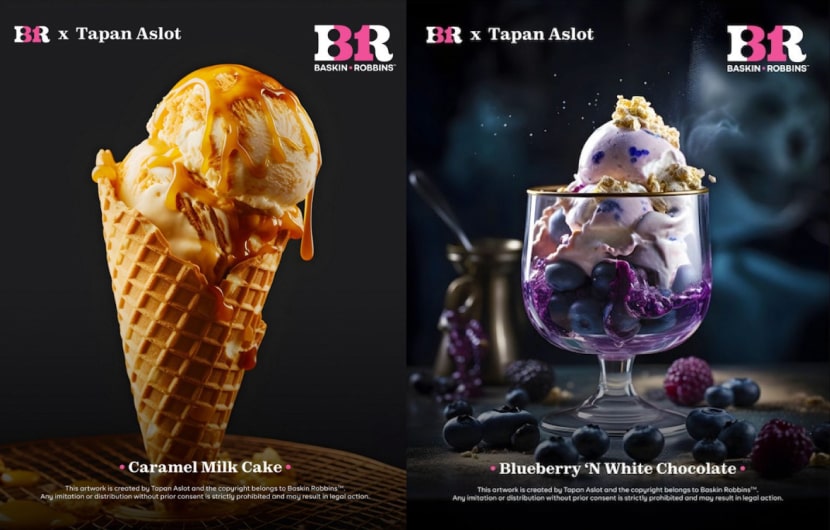
This campaign showed the future of creative production using generative AI.
Case 3: Integrating the functionality of generative AI to provide a magical user experience
Canva has integrated the latest AI text and image generation technology into their design platform. This allows users to generate text, images, and slide decks from prompts through features such as Magic Write, Magic Edit, and Magic Presentation Magic Write, Magic Edit, and Magic Presentation. This is an example of the practical use of generative AI in content creation.
Implementing generative AI functionality into existing services makes it possible to provide an interactive and innovative user experiences that is more flexible and responsive to diverse user needs.
For example, a note-taking service can take the minutes of a meeting or a lecture to create an effective summary just through turning on the voice capturing function. Generative AI is even capable of creating travel itineraries for a trip just by entering in your flight information and a simple prompt.
There is no doubt that 2024 will be the year in which more and more services find ways to incorporate generative AI.
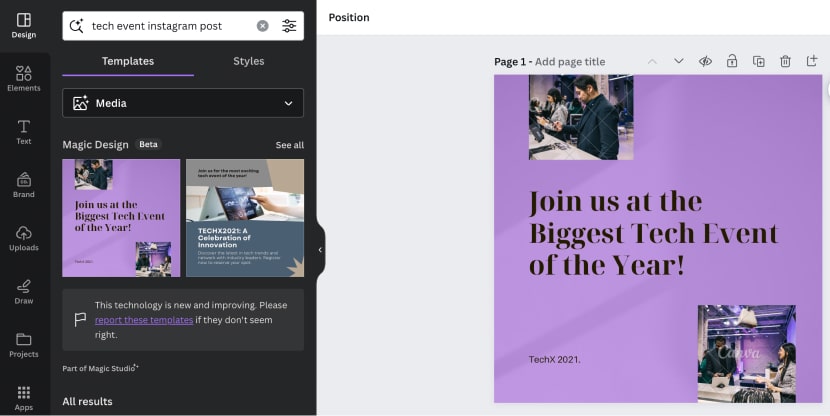
Just give it a prompt and it will generate and present several templates on Canva.
Is Generated AI Content Cheesy?
Generative AI content quality is progressing rapidly. Although it started out looking obvious and low quality, it has quickly become more and more realistic and difficult to detect.
Properly designed AI will produce results that complement and sometimes even exceed human creativity.
Content created by generative AI will not simply “imitate” human content, but will evolve in a different vector than “imitation,” enabling us to do things that humans have never thought of before, or have taken too long to do, and presenting us with many variations of expression.
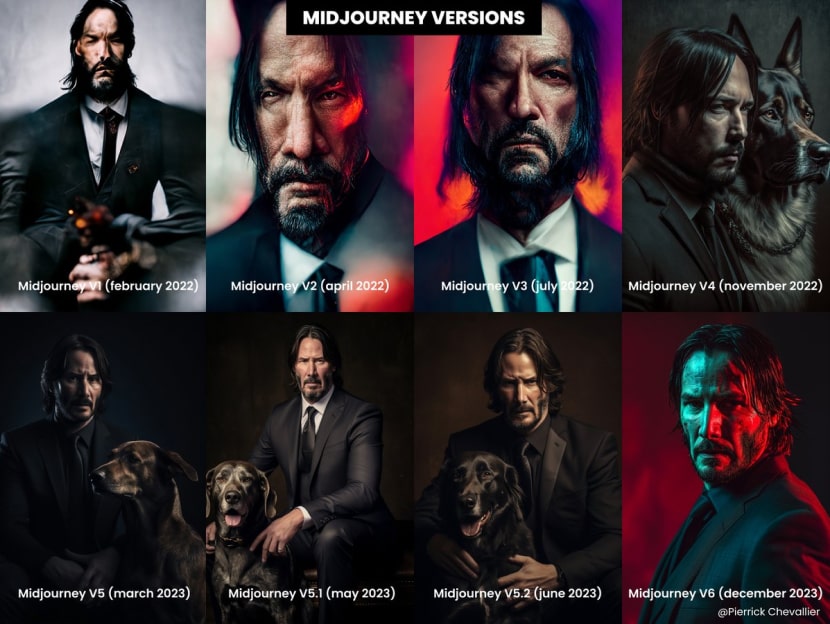
Midjourney’s transition from version 1 in February of 2022 (upper left) to version 6 in December of 2023 (lower right).
Conclusion
The use of generative AI brings innovative expression and efficiency in brand strategy. By successfully leveraging this technology, brands can provide new customer experiences and enhance their brand image.
Through these three case studies we can consider how we interact with generative AI now, and begin to consider how we might create new interactions with it moving forward.
We can expect that many companies will continue to develop new branding strategies utilizing generative AI.
As always, we would love to hear from you. What are some ways that you hope to utilize generative AI in your work? Let us know through our website or by email at sf@btrax.com.







